What kind of soil do grapes like?
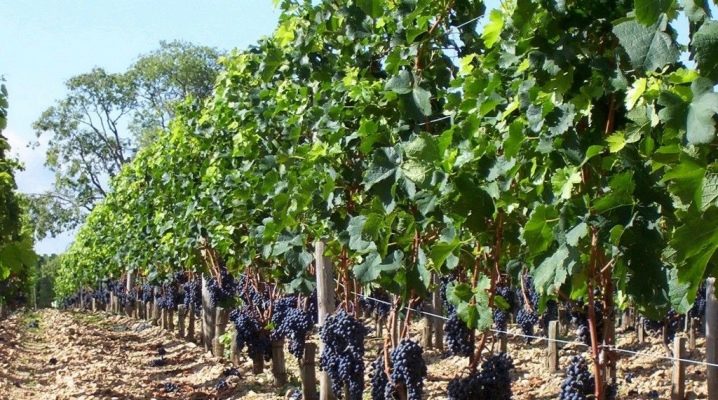
All gardeners can potentially benefit from information about what kind of soil grapes like. Attention should be paid not only to the acidity of the soil, as is often thought. It is also necessary to think about clay and other soils for grapes, about measures to improve the quality of the land.

What should be the composition?
The practice of viticulture has allowed for a long time and confidently to answer this question. Grapes love soil that is composed of stone, minerals, clay, sand and organic matter. But at the same time, this plant develops very poorly on too dense soils. Clean sand tends to freeze in cold weather, even if the frost is not too severe, and at normal times the moisture does not linger in it. As for trace elements, then in the soil for the vineyard must be present in noticeable quantities:
-
nitrogen;
-
iron;
-
magnesium;
-
calcium;
-
phosphorus.

Required acidity
The pH (better known to non-specialists as acid-base balance) is also very significant. Normally, for grapes, the pH can be from 4 to 8. Strongly acidic soil is hardly wise to use. In this case, the root system of the plant is experiencing problems, poorly absorbing substances from the external environment.
We have to use increased doses of fertilizers, which is not only wasteful, but also harmful to the environment.
But not everything is so simple and straightforward. Indicators should be varied depending on the type of plant. For American varieties, you can choose a soil acidic. European and Asian varieties thrive at pH 6 or more. The most accurate information can be found only from the description of specific varieties.
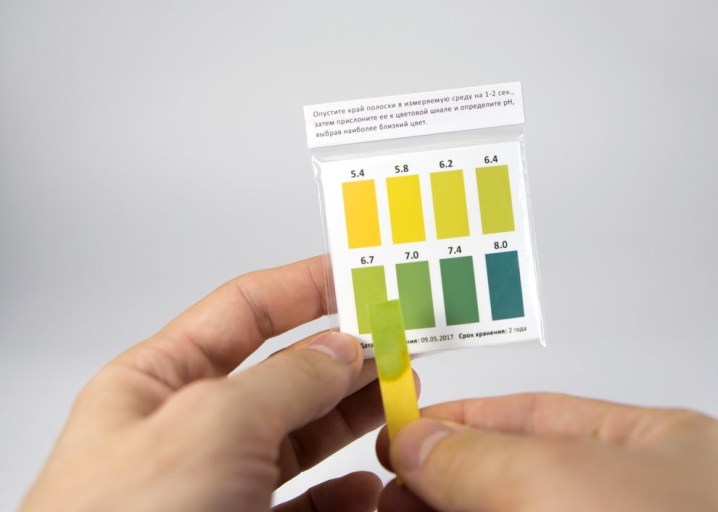
Choosing the type of soil
Before digging a hole for grape planting, you need to make sure that the soil is really suitable. This plant clearly prefers a rocky, sandy substrate. There must be gravel inclusions. Air permeability is an important requirement since the root system is supposed to be aerated. On stony-sandy areas, other crops grow poorly, but the grapes feel great there, they are warm and comfortable. Loose soil containing crushed stone or gravel helps develop a serious root system. A large number of suction roots are formed in it.
Chernozems, on which other crops grow beautifully, are hardly suitable for vineyards. If there is not enough sand and gravel, they are definitely no longer suitable. It is worth remembering that the vine does not grow in areas with impenetrable subsoil. Therefore, growing it in swampy areas, on a solid stone substrate, is nothing to think about. It will not be possible to breed a productive vineyard on a salt marsh. Clay lands are heavy and dense, and will poorly pass both water and air. Bushes will develop poorly and slowly. And even if they develop, counting on a decent harvest will not work.

How to improve the soil?
Regardless of the type of soil, they can be optimized... The main emphasis is on increasing nutritional value. Thanks to special additives, the roots in the layers are formed more actively. Too dense clay is diluted with coarse sand additives. At the same time, it is useful to lay another 20 kg of grass-fed peat per 1 sq. m. They act differently when working with loam. It is filled with coarse sand in a volume of 20 kg. The same amount of peat is required. You can't do without compost. But it is already being used less, only 5 kg per 1 m2.Purely sandy soil is completely changed, since it is practically useless. Sandy loam must be compacted and made more nutritious. For this purpose, apply:
-
clay or high-quality black soil;
-
peat;
-
manure.
They mainly try to enrich the land with organic substances.
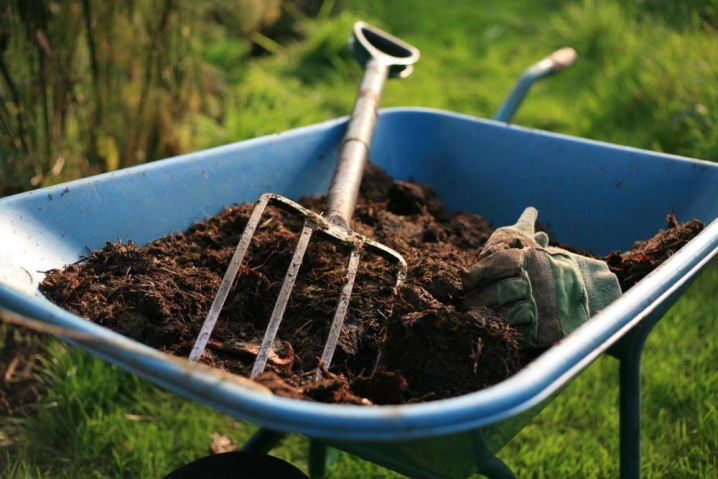
Manure from goats, horses and sheep is preferred for clay and loam. Pig and sheep manure will help to cope with the imperfections of sandy soil. The high concentration of nitrogen in poultry manure forces it to be used very carefully. It is advisable to insist such fertilizer in water, diluted 15 times, from 10 to 15 days. Each bush will require the use of 3 liters of ready-made solution.
You can also cook peat compost with humus (3 beats versus 1 beat, respectively). The mixture is infused from 5 to 8 months. It should be used in an amount of 3-4 kg per 1 sq. m. It should be borne in mind that with the constant use of such an improver, the soil in the vineyard is oxidized. To weaken this negative effect will help:
-
eggshell;
-
chalk;
-
wood ash.
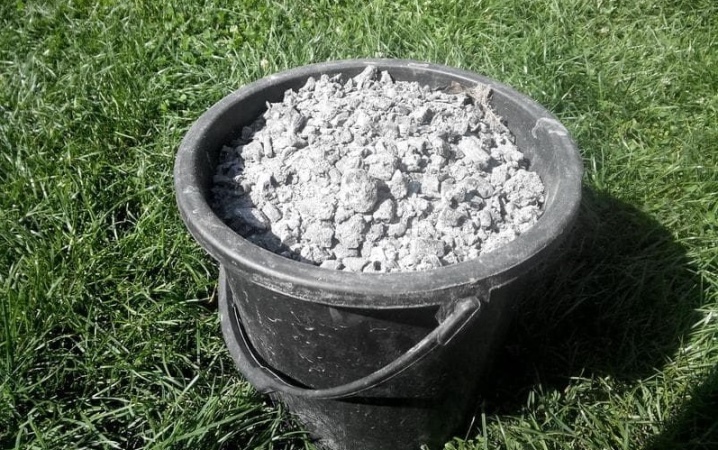
Mulch is helpful. As it is usually used straw, wheat bran or sawdust. These slow-moving fertilizers will retain moisture and increase the looseness of the soil. They will saturate the grape bushes with nutrients. The mulch is laid out in a layer of about 5 cm.
Green fertilizers are often recommended for grapes.... Legumes (including peas), rye or mustard are planted between the rows of bushes. This will enrich the topsoil. During the growing season, it is useful to water the bushes with an ash solution (concentration 0.5%).
With the help of such a solution, they not only improve the quality of the land, but also successfully repel attacks of pests and diseases.

We must not forget about mineral supplements.... So, in the spring months, the use of nitrogen and potassium-phosphorus compositions is recommended. With the onset of summer, it is necessary to abandon nitrogen mixtures, and leave phosphorus-potassium mixtures. In winter, complex fertilizers are scattered on the snow. There are a few more nuances:
-
white grape varieties are more favorable to organics than to minerals;
-
red varieties do not tolerate fertilization with humus;
-
when growing wine varieties, overfeeding must be carefully avoided.
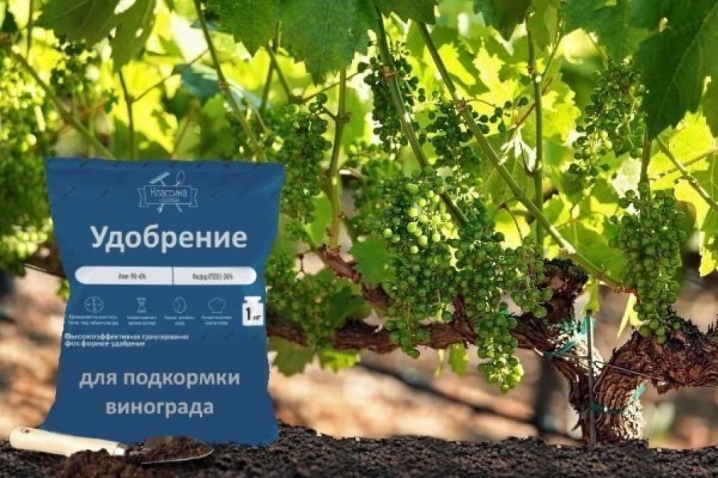
Useful Tips
The conditions in which the vine develops depend not only on the chemical composition and structure of the soil. It is important to consider how the terrain affects them. It is useful to set up vineyards on the slopes, because the water does not stagnate there. At the same time, the slopes are unequal - the southern or south-western side is best suited.
It is better to refrain from growing such a crop in the lowlands, even if the soil there formally meets the requirements.
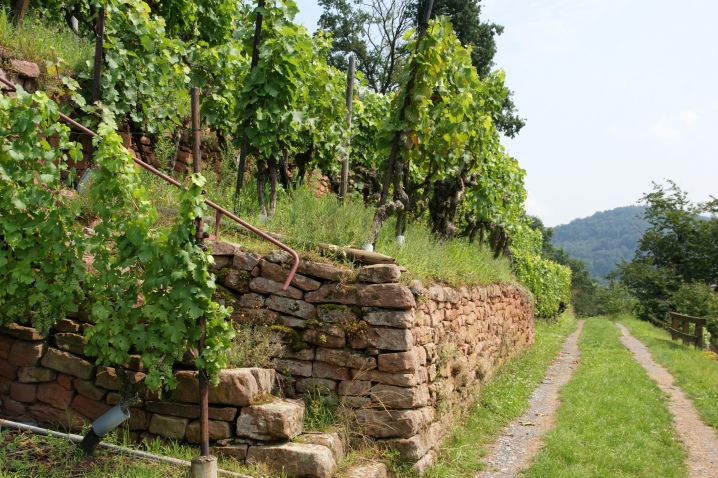
Winegrowers of the Moscow region, the Leningrad region and neighboring regions often encounter swampy acidic soilsand. Before planting the plants, they must not only be drained and the acidity brought back to normal, but also the nutritional value must be increased. The Volga chernozems are distinguished by a shift in the balance towards higher alkalinity. Therefore, they need to be neutralized, and otherwise, nothing much has to be done. In the southern regions of Russia, sandy areas predominate. They will have to lay a combination of peat and organic matter. However, at the same time, the mildness of the climate makes it possible to compensate for the traditional problem of sands - winter freezing.
Siberian and Ural territories are also used for growing grapes. There, on any land, even when choosing a frost-resistant variety, you will have to reliably cover plantings with the onset of cold weather. But you do not need to deal with the characteristic pests of the vine. They simply will not survive in the harsh climate. And also it should be noted that any type of soil in Siberia and the Urals requires the same approach as in other regions of the country.
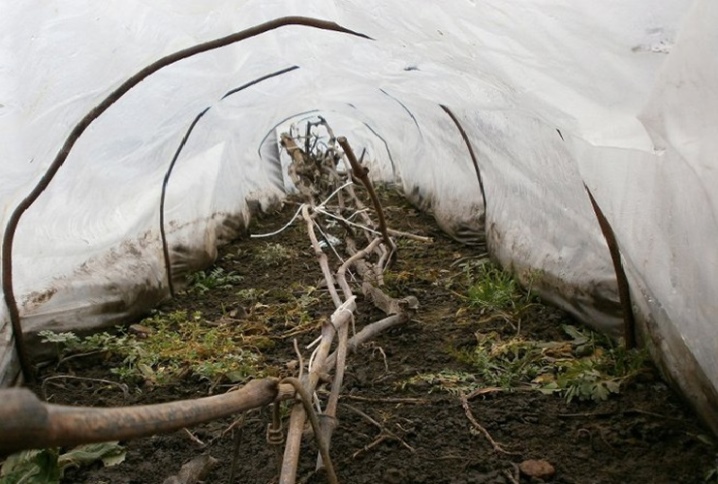













The comment was sent successfully.